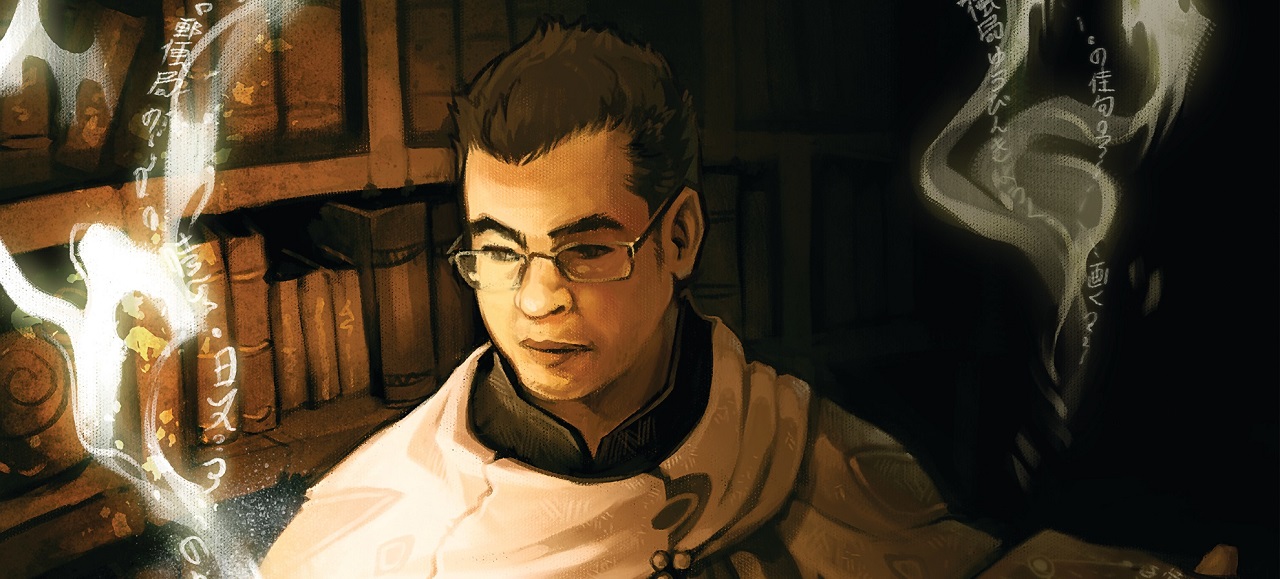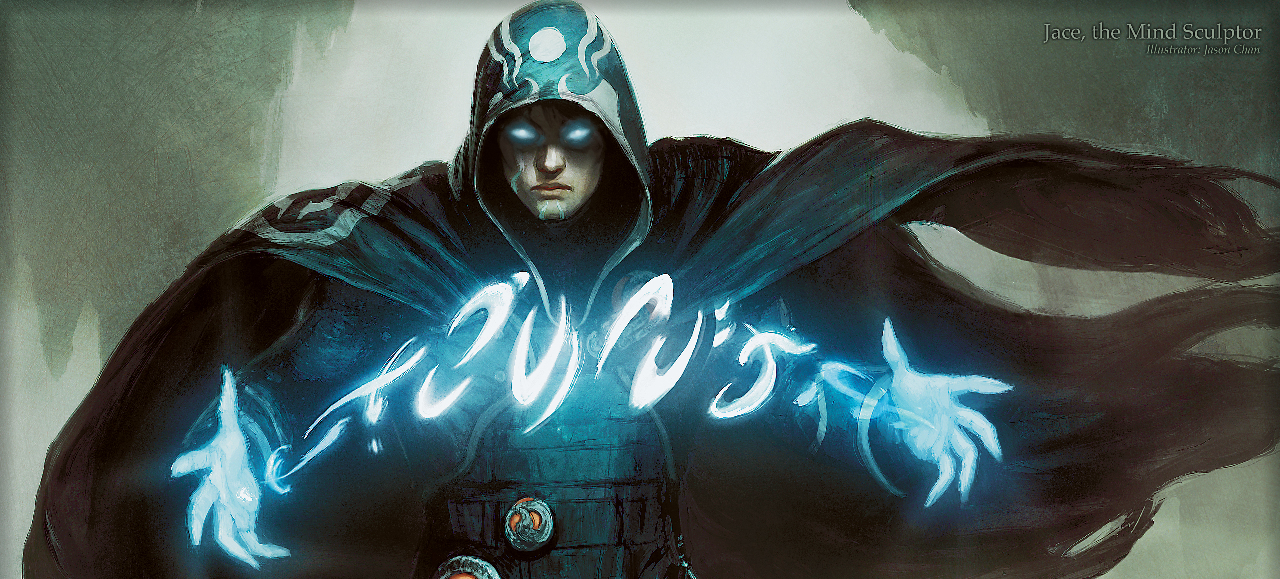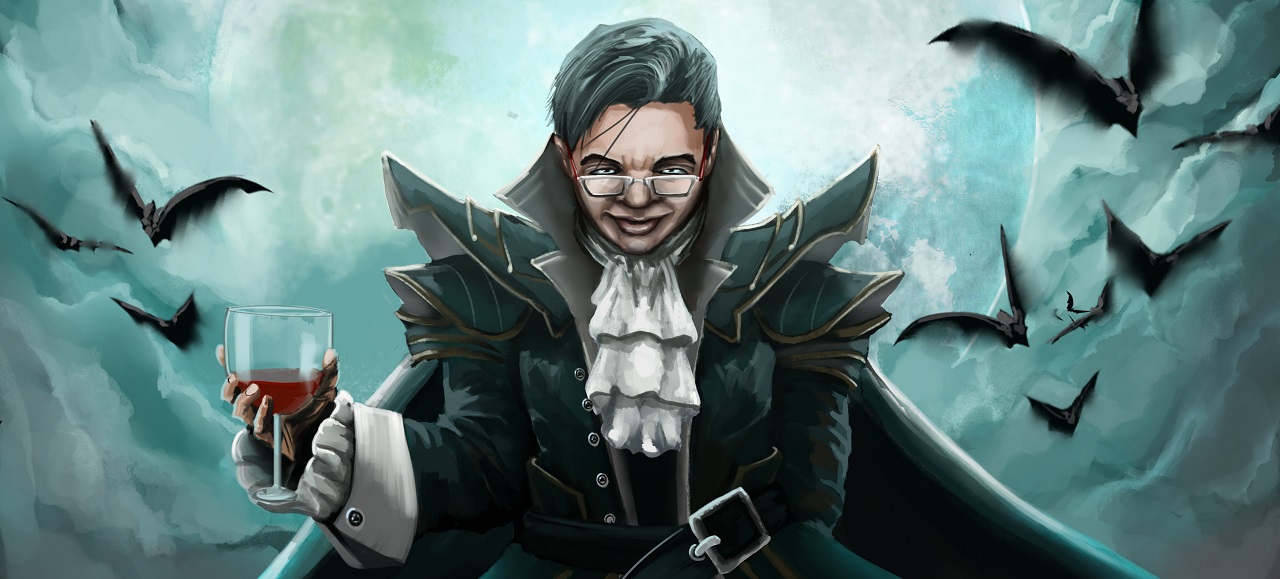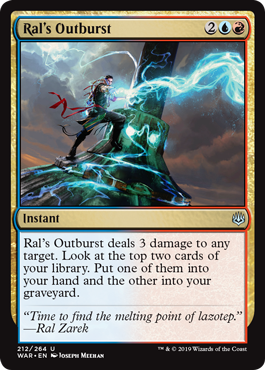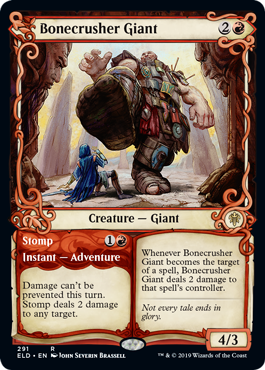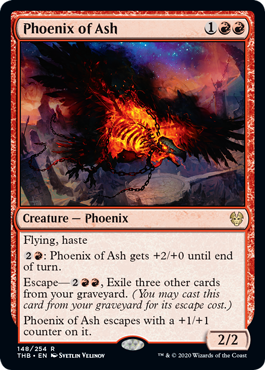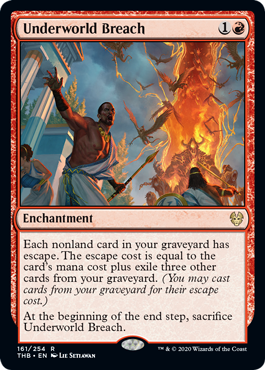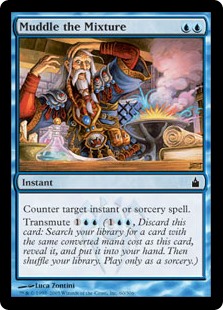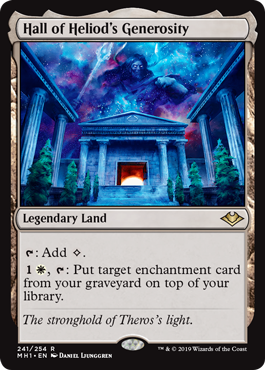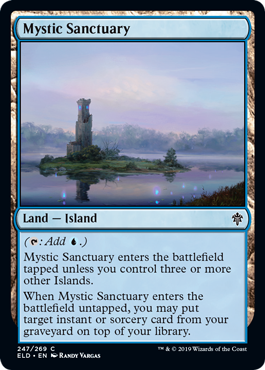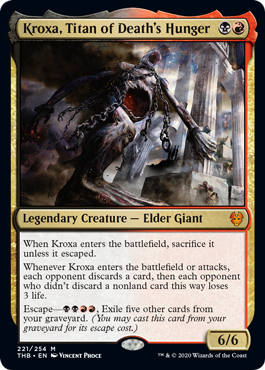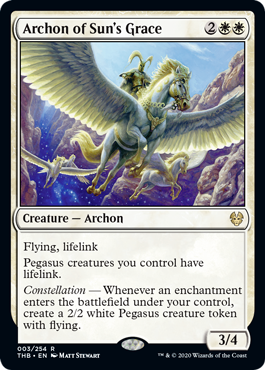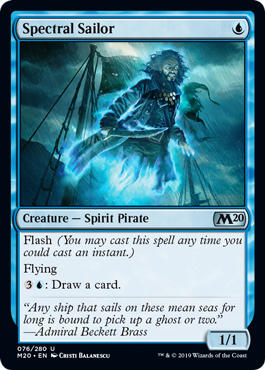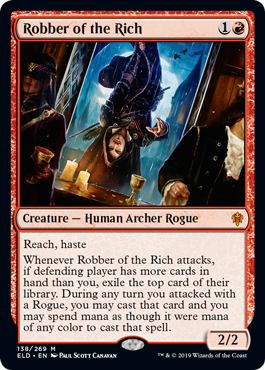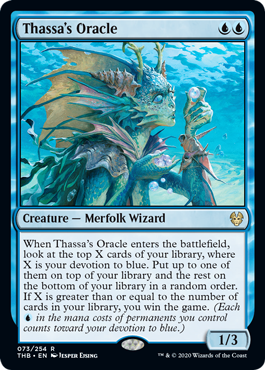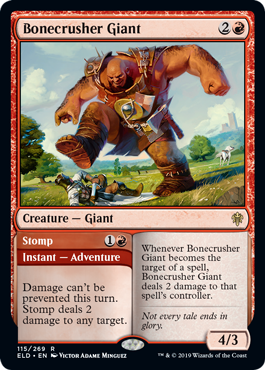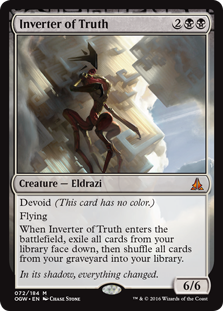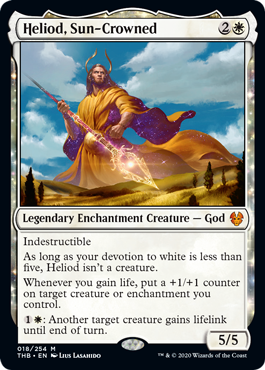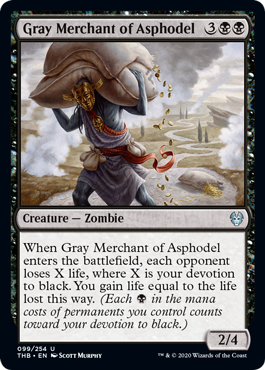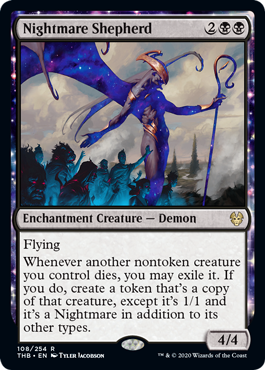How Cavalier of Thorns Makes Sultai Escape
Cavalier of Thorns… Is There Anything it Can’t Do?
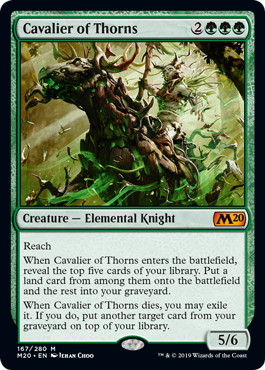
As with last week’s qualifying events, Cavalier of Thorns really stepped up to help Mark Jacobson win the first MagicFest Online Weekly Championship!
Congratulations to @markjmtg on winning the MagicFest Online Weekly Championship with Sultai! #MTGTogether pic.twitter.com/GZgv9cOpSk
— ChannelFireball (@ChannelFireball) March 30, 2020
In Sultai Escape, Cavalier of Thorns both highlights the deck’s strengths… And helps to shore up its weaknesses.
Cavalier of Thorns as Engine
The Elemental Knight will put four (and in rare cases five) cards into your graveyard, directly from your library when it enters the battlefield. One of those four cards might be…
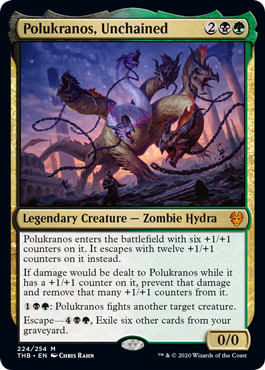
… or better yet…
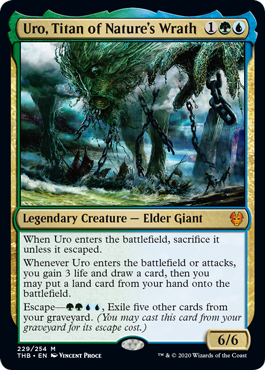
Putting one of those cards directly into the graveyard is like drawing an extra card. The Escape mechanic allows you to play either Polukranos or Uro out of the graveyard; and in Uro’s case it’s even better than drawing the card normally.
This is on top of (probably) getting an extra land; and on top of the expected re-buy later on in the game.
If you “whiff” on either Escape creature; rest assured that the four cards you’re putting directly into the graveyard can help you to pay for Escape some time in the future. So Cavalier of Thorns is always doing something nice for your development.
Cavalier of Thorns in Context
Mike in particular has always been a Bant > Sultai guy.
Both decks have similar advantages… Growth Spiral to get out of the gate; Uro, Titan of Nature’s Wrath as the persistent powerhouse; Hydroid Krasis to take huge advantage of all that extra mana.
Teferi, Time Raveler and Narset, Parter of Veils are two of the strongest Planeswalkers in Standard; both are game-altering and easy on the mana… At least one is a four-of in Bant while neither sees much (if any) play in Sultai. But that’s not the main reason for the aforementioned Bant bias. It’s really just about this creature:
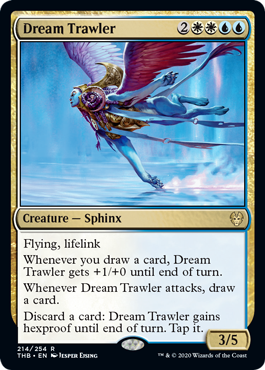
Dream Trawler is difficult to counter for Sultai, and thanks to its floating Hexproof ability… Notoriously difficult to remove. It isn’t just that Bant had Dream Trawler and Sultai didn’t… It’s so tough for Sultai to deal with one.
Well… That was before the days of Cavalier of Thorns.
Today, the six toughness Elemental Knight WITH REACH can guard a Sultai mage’s life total against Dream Trawler; and in the case that the Dream Trawler accumulates sufficient power to trade… Cavalier of Thorns can redeploy one of Sultai Escape’s other mighty threats.
The world has changed.
Or, at least, this matchup.
Sultai ended up on top… So now what?
More from…
- Rakdos Sacrifice… and Rakdos Sacrifice
- Four-color Nicol Bolas
- Azorius Blink
- Temur Adventures
… And more!
Check out this week’s Standard recap now:


